15 Fascinating Wetland Facts
Wetlands are remarkable ecosystems that play a crucial role in maintaining the balance of our planet's biodiversity. In this blog post, we'll explore 15 fascinating wetland facts that highlight their importance and the wonders they hold.
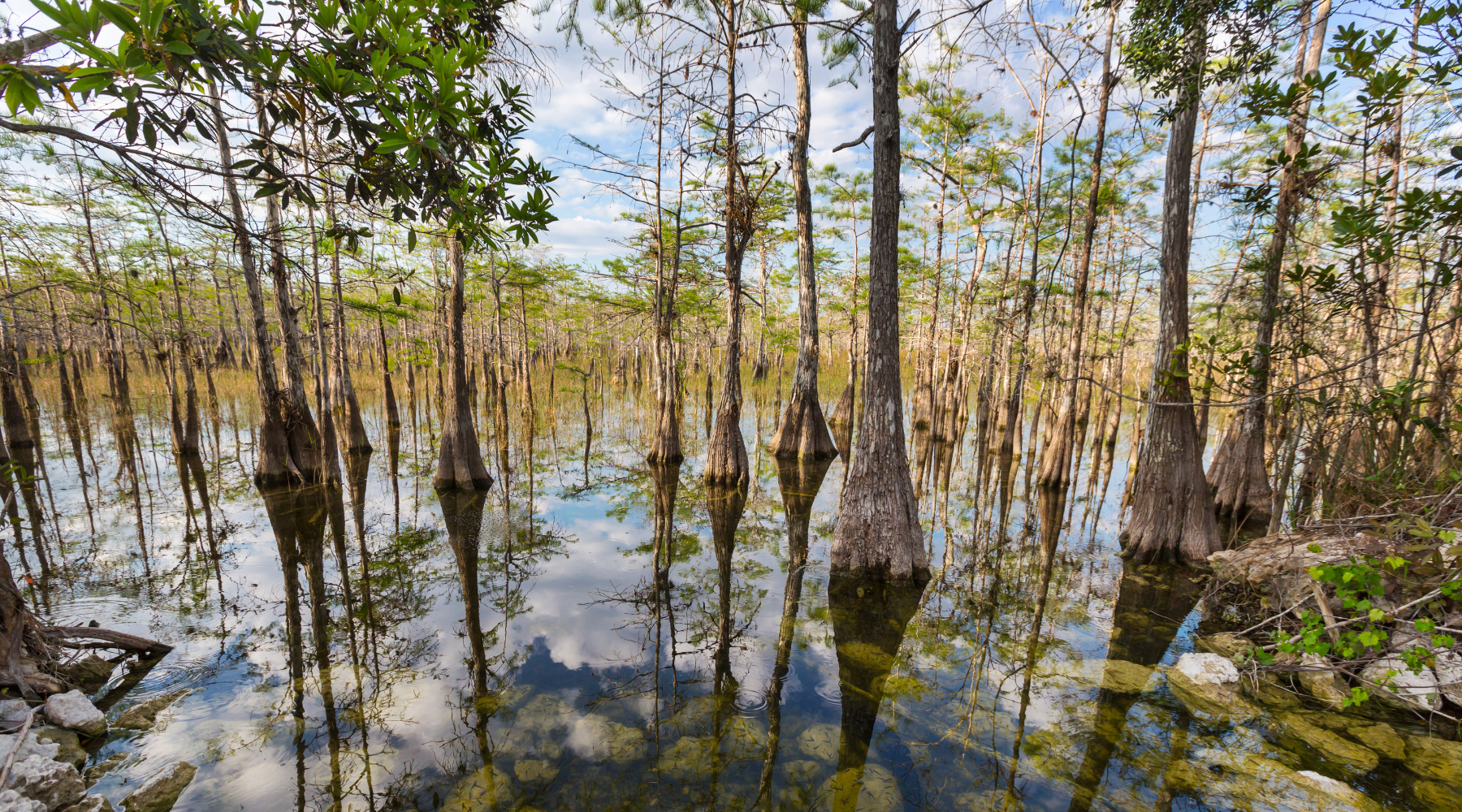
15 Wetland Facts
1. Wetland Variety
Wetlands come in various forms, including marshes, swamps, bogs, and fens. Each wetland type has distinct characteristics, hosting a diverse array of plants and animals adapted to specific conditions.
2. Biodiversity Hotspots
Wetlands are considered to be biodiversity hotspots because of the wealth of life they support. They provide habitat for numerous species of birds, amphibians, reptiles, insects, and mammals. A staggering 40% of all plant and animal species live or breed in wetlands.
3. New Discoveries
Wetlands remain a place of plentiful new discoveries. According to Wetlands International around 200 new species are discovered in freshwater wetlands every single year.
4. Insect Havens
Wetlands are rich in insect life, providing a steady food source for birds, fish, and other animals. Dragonflies, mayflies, and cicadas are just a few examples of the diverse insect life found in wetland ecosystems.
5. Kidneys of the Earth
Wetlands are often referred to as 'kidneys of the Earth' because of their ability to filter and purify water. The vegetation in wetlands helps trap and remove pollutants, making them crucial for maintaining water quality.
6. Critical Carbon Sinks
Peatlands make up almost half of the world's wetlands. Peatlands store large amounts of carbon in their soil - twice as much as the carbon stored in forests - helping mitigate the effects of climate change by preventing the release of carbon dioxide into the atmosphere.
7. Water Storage
During periods of heavy rainfall, wetlands act as natural sponges, absorbing excess water and preventing flooding in downstream areas.
8. The Architects of Wetlands
Beavers play a crucial role in shaping wetland ecosystems, making them a keystone species. Their dam building creates ponds and wetland habitats, providing shelter for various aquatic species.
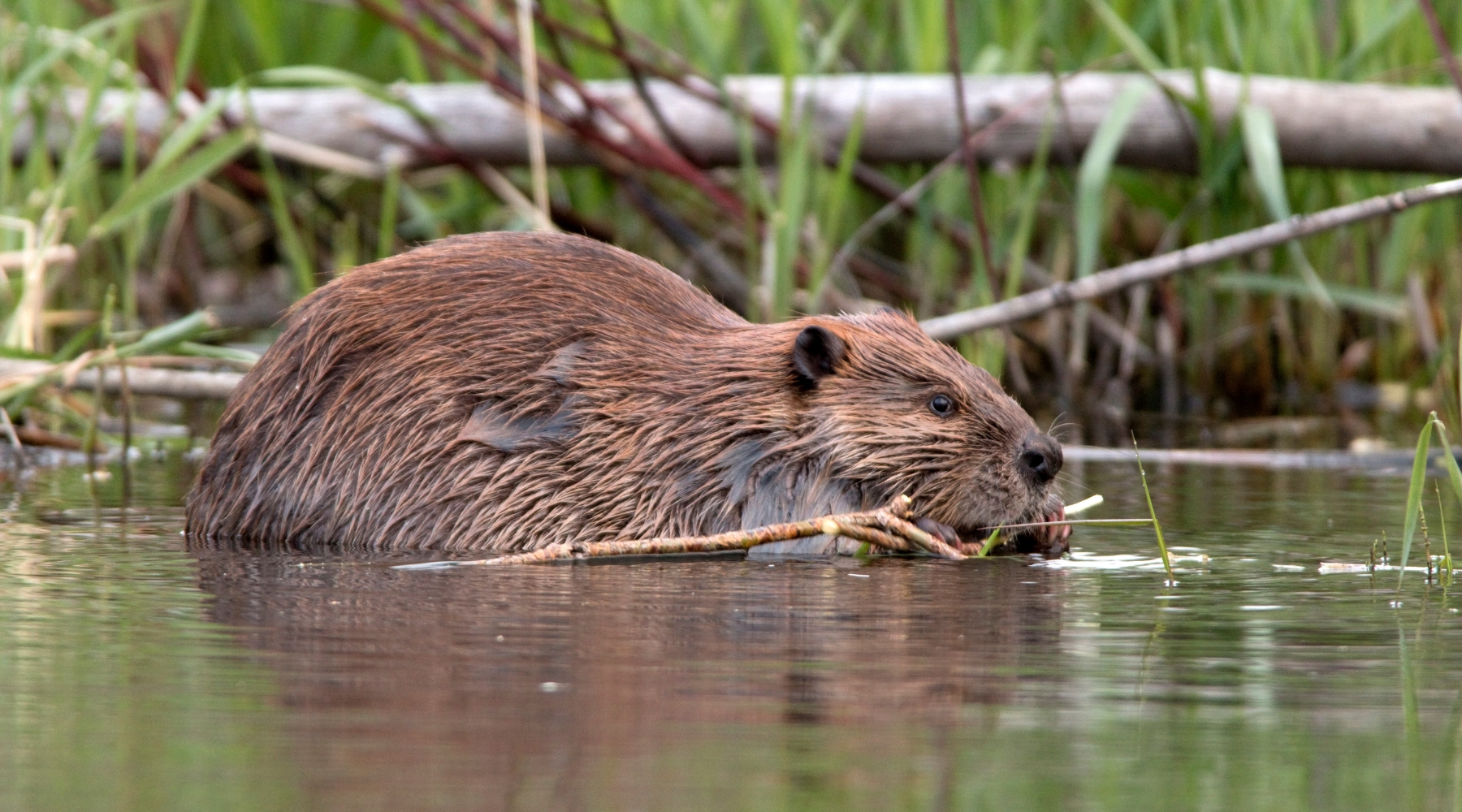
9. Largest Wetland in the World
The Pantanal, located in South America, holds the title of the largest tropical wetland in the world. Spanning across Brazil, Bolivia, and Paraguay, this vast ecosystem spanning 42 million acres is home to an incredible diversity of wildlife, including jaguars, capybaras, giant anteaters, giant otters, and toucans.
10. Unique Plants
Wetlands are home to plant species adapted to waterlogged conditions. Examples include cattails, water lilies, and mangroves, each with specialized features for survival.
11. Migration Pitstops
Many bird species such as ducks, herons, and pelicans use wetlands as crucial stopovers during their migratory journeys, relying on these habitats for food, rest, and breeding.
12. Large-scale Losses
According to WWT, 87% of the world's wetlands have been lost during the last 300 years.
13. Ramsar Convention
The Ramsar Convention, signed in 1971 in Ramsar, Iran, is an international treaty aimed at conserving and promoting the sustainable use of wetlands worldwide.
14. A Dedicated Day
World Wetlands Day is celebrated on February 2nd each year, marking the anniversary of the Ramsar Convention. It aims to raise awareness about the importance of wetlands and their conservation.
15. Conservation Challenges
While progress has been made in wetland conservation, challenges persist. Addressing issues such as pollution, habitat loss, and climate change is essential to ensure the continued health of these vital ecosystems.
We hope you found these wetland facts fascinating! These dynamic ecosystems contribute to the health of our planet in numerous ways. Understanding and appreciating the importance of wetlands is crucial for their conservation and the well-being of the diverse life forms they support. Find hand-drawn designs of many of the amazing wetland creatures at BeCause Tees!













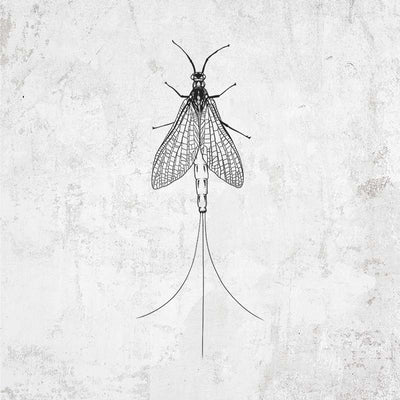


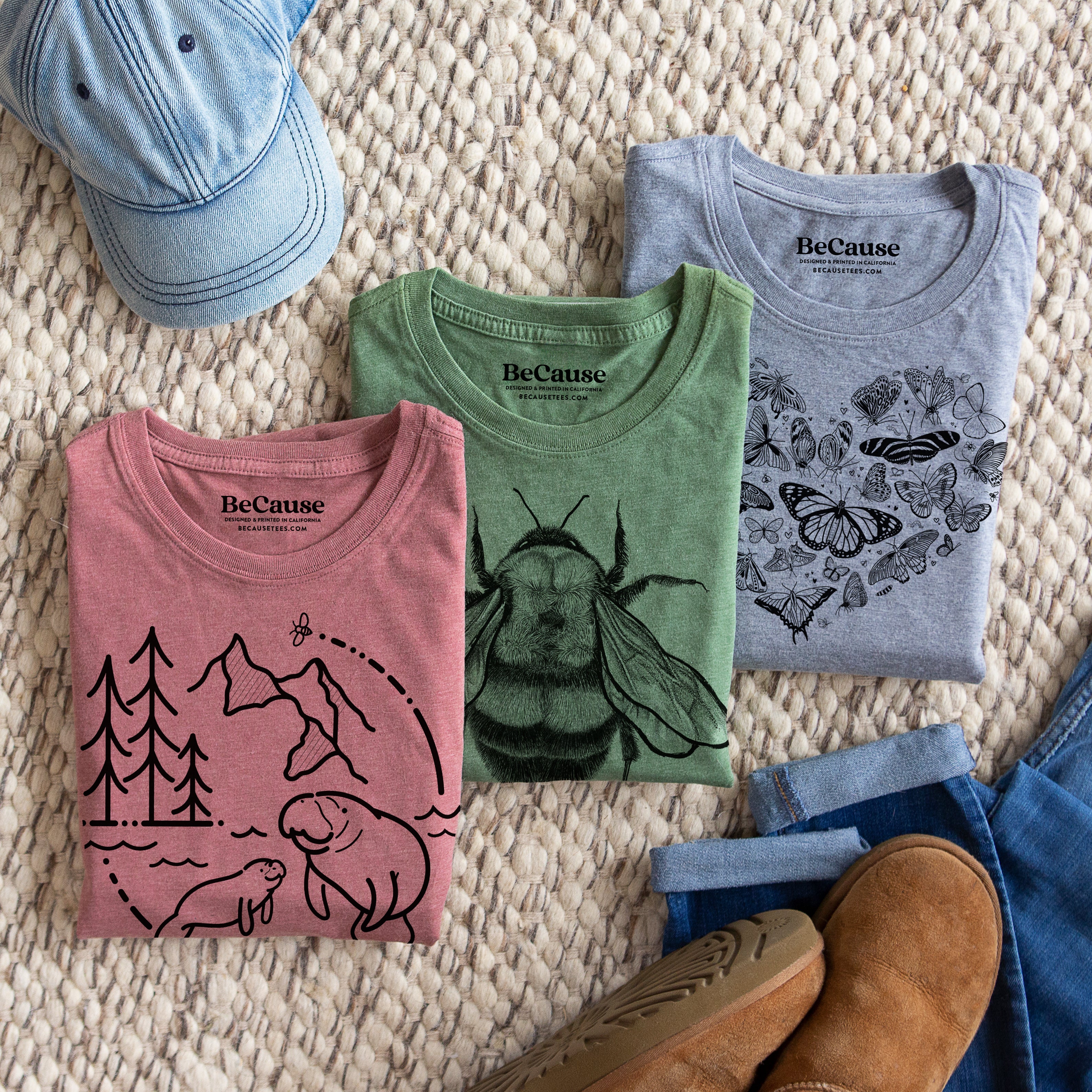

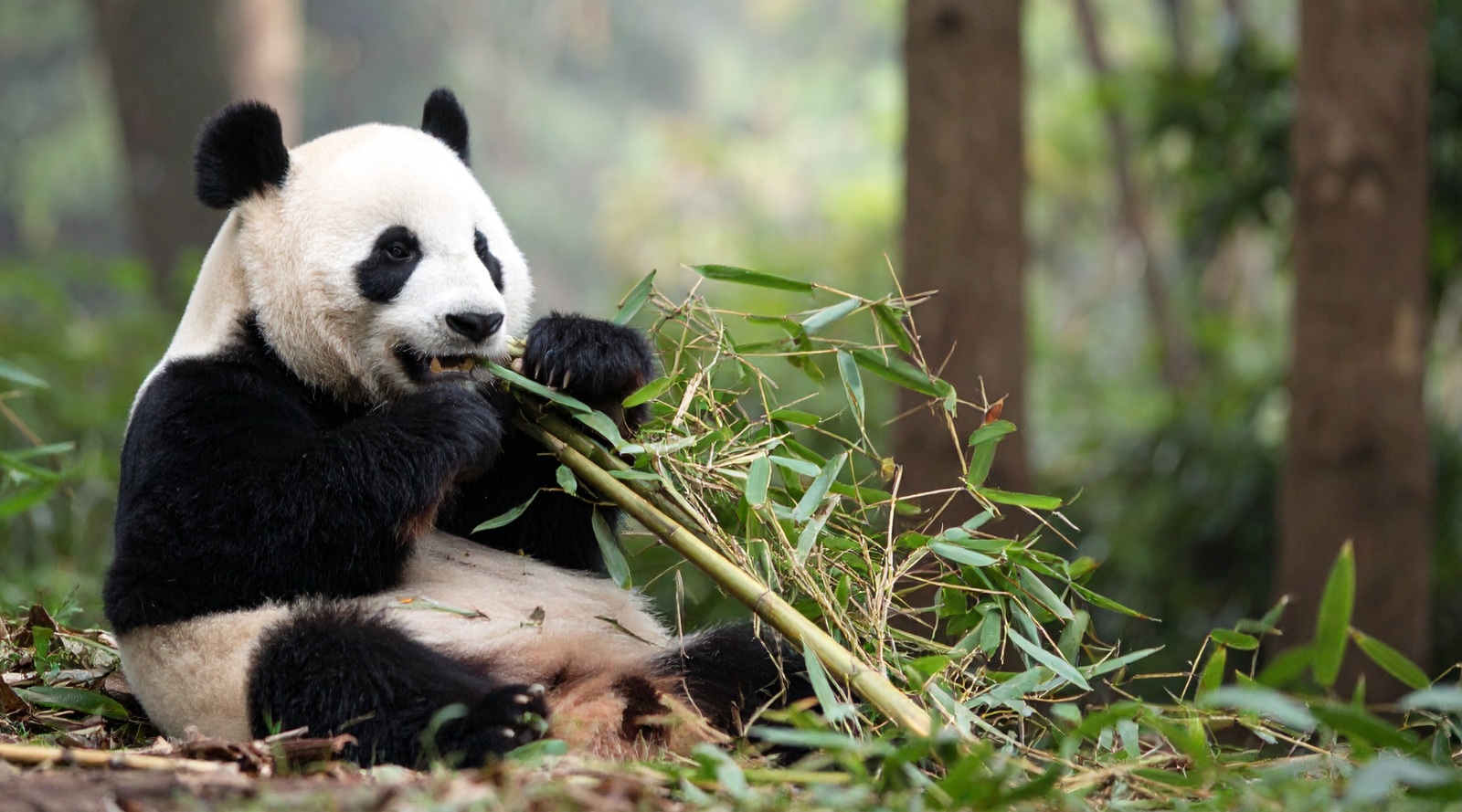

Leave a comment (all fields required)